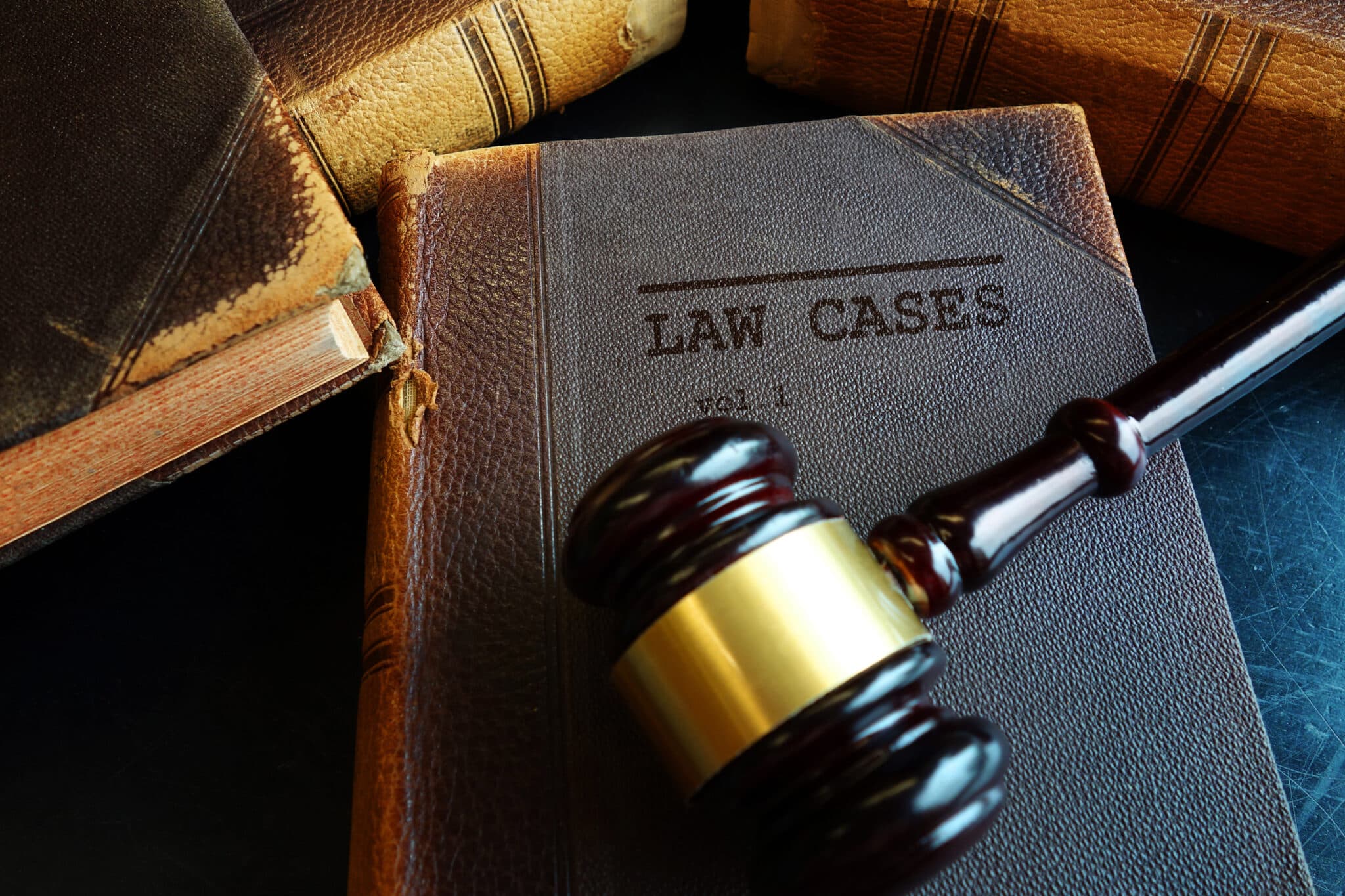Debunking the Process of Federal Appeals: What You Required to Know
Browsing the elaborate world of federal appeals can commonly feel like passing through undiscovered waters for those unknown with the process. Understanding the subtleties of appellate court territory, the details of submitting a notice of charm, providing an engaging brief, and making a convincing dental argument are crucial parts that can substantially impact the end result of a case. By unwinding the layers of intricacy bordering government charms, individuals can acquire a more clear understanding right into the devices that govern this critical point of the legal system.
Understanding Federal Appeals Refine
Delving into the complex world of the federal appeals process unveils a systematic and structured trip with the judicial system. Federal appeals work as a vital device for examining choices made by lower courts. Comprehending this procedure is essential for anyone entailed in legal procedures at the government degree.
The process generally begins with an event disappointed with a lower court's judgment submitting a notification of appeal. This sets off an evaluation by a higher court, where a panel of judges analyzes the legal arguments presented by both parties. Briefs detailing the lawful reasoning behind each celebration's position are submitted, and dental debates may be heard to clarify complex concerns.
The appellate court's decision is based on a thorough exam of the lower court's proceedings and the disagreements offered. Once the appellate court gets to a decision, it can verify, turn around, remand, or modify the lower court's judgment, giving clearness and finality to the legal disagreement.
Appellate Court Territory Explained
Appellate court territory refers to the extent of instances that a specific appellate court has the power to make a decision and assess upon. Unlike test courts that hear situations for the first time, appellate courts are restricted to reviewing decisions made by lower courts.
Appellate courts have territory over details sorts of instances, commonly those entailing legal mistakes, step-by-step problems, or questions of law instead of accurate disagreements. The territory of appellate courts is normally detailed in laws and regulations that regulate the court system. Understanding appellate court territory is crucial for celebrations associated with the allures process as it figures out whether an instance is eligible for review and the extent to which the appellate court can intervene in the lower court's decision.
Filing a Notification of Appeal
The preliminary action in commencing the federal allures process entails filing a Notification of Charm with the proper appellate court. This critical paper formally alerts the court and the other celebrations involved in the situation that the appealing event plans to look for a review of the reduced court's choice. Filing a Notice of Allure is a stringent step-by-step demand that sets the appellate process in movement.
When preparing the Notification of Charm, it is vital to guarantee compliance with the particular rules and guidelines of the pertinent appellate court. federal crime attorney. The file needs to generally consist of info such as the situation name, the lower court's name, the date of the judgment being appealed, and a concise declaration suggesting the premises for the allure

Instruction and Oral Disagreement
In the appellate process, providing written briefs and engaging in oral debates play essential roles in advocating for the appealing party's setting prior to the appellate court. Briefs are thorough lawful files that detail the parties' disagreements, legal authorities, and evaluation supporting their positions. These created submissions offer the court with an in-depth understanding of the facts of the case, the appropriate law, and why the appealing party believes the reduced court's decision should be overturned.
Adhering to the submission and testimonial of the briefs, oral debates supply the parties a possibility to more clarify their placements, attend to any kind of inquiries the appellate judges may have, and highlight vital factors from their composed briefs. Dental disagreements are a possibility for the lawyers to encourage the judges through verbal advocacy and actions to inquiries from the bench.
Both the written briefs and dental arguments are essential components of the appellate process, permitting events to offer their instance thoroughly and compellingly prior to the appellate court. - federal crime attorney
Getting the Appellate Court Choice
Upon conclusion of oral arguments and submission of written briefs, the following critical phase in the appellate process involves awaiting the definitive ruling from the appellate court. This duration of expectancy can be full of a mix of anxiousness and expect parties included in the appeal. The appellate court's choice is commonly supplied in a created format and describes the court's final thoughts on the lawful problems offered, the thinking behind their choice, and the judgment provided. The time framework for receiving the appellate court's decision can differ, but courts aim to supply prompt resolutions. Once the decision is released, events have to meticulously evaluate the court's ruling to recognize the end result and establish any more steps that may be needed. west virginia federal appeal attorney Whether the appellate court attests, reverses, or remands the lower court's choice, understanding the effects of the judgment is critical for all parties included in the appellate process. Immediately reviewing and understanding the appellate court's decision is necessary in browsing the next steps in the lawful procedures.
Final Thought
Comprehending the appellate court jurisdiction, filing a notification of charm, preparing briefs, and presenting oral disagreements are all vital elements of this procedure. Ultimately, obtaining the appellate court choice can give quality and resolution to legal disputes.
As we progress from understanding the government charms procedure to exploring the ins and outs of appellate court jurisdiction, a basic facet comes to light concerning the authority and restrictions of these higher courts in the legal landscape. Appellate court territory refers to the extent of situations that a specific appellate court has the power to choose and evaluate upon. Unlike test courts that hear cases for the initial time, appellate courts are restricted to examining decisions made by reduced courts. Comprehending appellate court jurisdiction is crucial for celebrations included in the appeals process as it determines whether a situation is qualified for testimonial and the extent to which the appellate court can interfere in the reduced court's decision.
